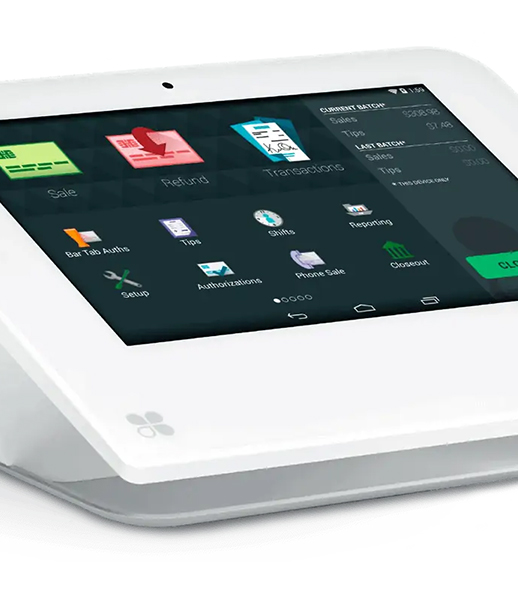Your Trusted Hand Sanitizer Shop Online
Buy Hand Sanitizer Online for Fast, Safe & Affordable Delivery
Welcome to My Hand Sanitizer Shop
Stay Safe with My Hand Sanitizer Shop
At My Hand Sanitizer Shop, your health and safety are our top priorities. Whether you’re at home, at work, or on the go, having access to effective hand sanitizers has never been more important. We make it easy to buy hand sanitizer online, offering a wide selection of premium products suitable for every need—from personal use to large-scale requirements.
Our hand sanitizer shop is your trusted source for convenient, affordable, and high-quality solutions. With fast delivery, competitive prices, and a commitment to customer satisfaction, My Hand Sanitizer Shop ensures you’re always protected and prepared.
If you need hand sanitizers in bulk or are searching for wholesale hand sanitizer deals, look no further! We provide sanitizer bottles for sale in various sizes, from pocket-sized options to gallon refills, perfect for families, offices, schools, and healthcare facilities. Shopping with us is simple and secure, giving you peace of mind with every purchase.
Explore our online store and experience the difference that reliable hygiene products can make in your daily life.
- Free Equipment Solutions
- Affordable Rates
- Quick Approvals
Stay Protected, Shop Sanitizer Online Now!
Order Your Hand Sanitizer Bottles Today for Fast Delivery
Service We Provide

Your One-Stop Hand Sanitizer Shop
At My Hand Sanitizer Shop, we make it easy and affordable to protect yourself, your family, and your workplace. As your trusted hand sanitizer shop, we offer a wide selection of products so you can buy hand sanitizer online with confidence—whether you need a single bottle or thousands. With convenient ordering, fast delivery, and quality you can rely on, our mission is to help you stay germ-free every day.
From individual sanitizer bottles for your purse to wholesale hand sanitizer for schools and businesses, we have all your needs covered. Order hand sanitizers in bulk or shop sanitizer bottles for sale in every size and style, including eco-friendly refills and custom branding options. Make health and safety simple—choose us for your next order!

Personal Hand Sanitizer Bottles
Stay protected everywhere you go with our handy travel-size sanitizer bottles. Designed to fit easily in purses, backpacks, or desk drawers, these bottles are perfect for everyday use by individuals, families, and employees on the move.

Bulk Hand Sanitizer Packs
Ideal for schools, offices, events, or large families, our bulk hand sanitizer packs offer convenience and value. Each pack contains multiple bottles or pump dispensers, making it easy to supply restrooms, entrances, meeting rooms, and common areas.

Wholesale Hand Sanitizer Cases
If you need to order hand sanitizer in large volumes, our wholesale hand sanitizer cases deliver maximum value. Perfect for resellers, healthcare providers, retailers, and organizations with high traffic, our cases come with generous discounts and flexible order quantities.

Custom-Labeled Sanitizer Bottles
Boost your brand and show you care with our custom-labeled sanitizer bottles. Add your company logo, event theme, or a special message—great for corporate gifts, promotional giveaways, weddings, or community events.
Stock Up On Sanitizer in Bulk!
Get Exclusive Discounts on Wholesale Hand Sanitizer Orders
Why Make Us Your Go-To Hand Sanitizer Shop?
At My Hand Sanitizer Shop, we make it easier than ever to keep your home, workplace, and community safe and protected. As your trusted hand sanitizer shop, we focus on providing customers with a seamless, secure, and satisfying shopping experience—whether you want to buy hand sanitizer online for personal use or order hand sanitizers in bulk for your business. Our team is dedicated to quality, affordability, and customer care, offering a wide variety of sanitizing solutions that fit every need and budget.
We understand that convenience, reliability, and safety matter most when choosing where to buy sanitizing products. That’s why we only stock hand sanitizers that meet rigorous safety standards, available in a range of sizes and formulas to suit everyone. With My Hand Sanitizer Shop, you’ll find peace of mind knowing you can order anytime, get fast shipping, and enjoy exceptional service. Experience the difference of shopping with a team that puts your health and satisfaction first.
- Wide Product Selection
- Easy Online Ordering
- Bulk and Wholesale Options
- Quality and Safety Assurance
- Fast and Reliable Shipping
- Customizable Solutions


We order sanitizer for all our restaurant locations. Buying hand sanitizer online in bulk has never been this convenient. The bottles arrive labeled, sealed, and ready to go.
As a small business, we go through a lot of sanitizer bottles. I’m glad I found a hand sanitizer shop that actually offers a good range of sizes and doesn’t mark everything up.
We needed a wholesale hand sanitizer source that could handle bulk orders with consistent stock. After testing a few vendors, this one stood out for quality and fast shipping.
Ordering sanitizer used to be a hassle—either overpriced or low quality. This shop made it easy to find a reliable personal sanitizer supply that we can reorder regularly without worrying about shortages or delays.
Merchant Services And
Credit Card Processing Blog






















